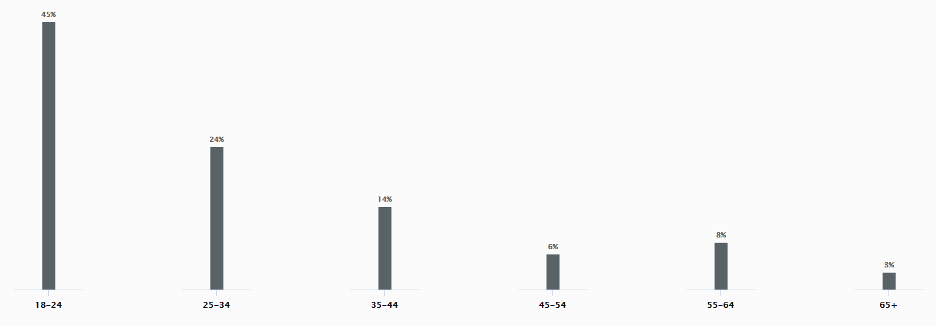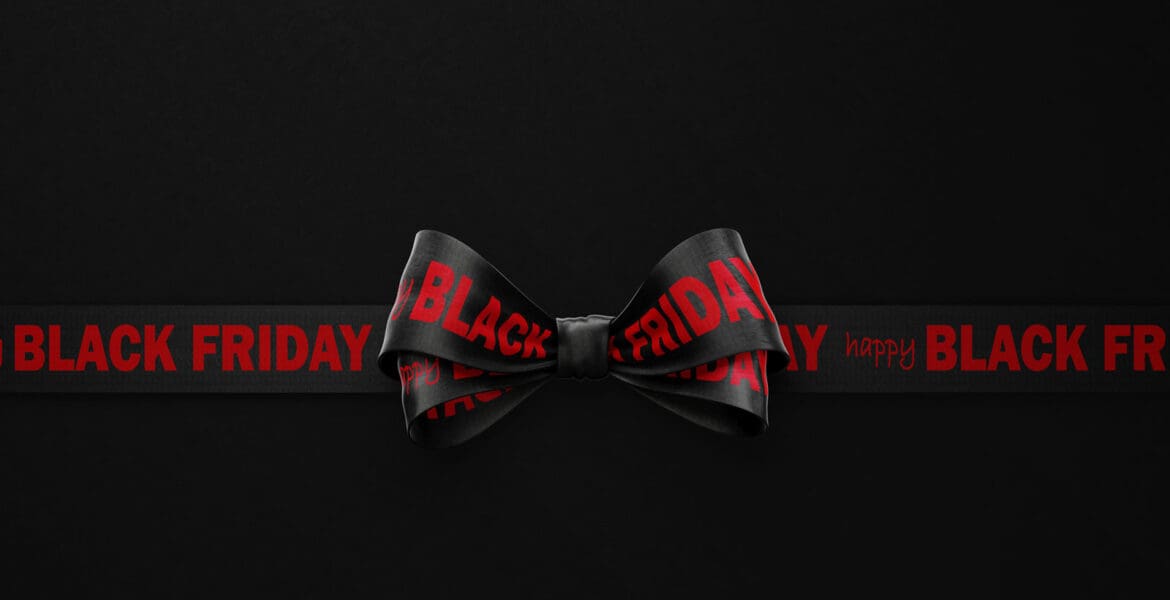By: Noam Harel, CMO, BrandTotal
With Thanksgiving in the rearview mirror, the holiday season is now in full swing, ushered in by the shopping frenzy that was Black Friday. Whether it was in store or online, hundreds of thousands of shoppers rushed to get the best deals on products from retailers big and small…but mostly big. And that is certainly due in part to how the major retailers advertised on social media in preparation for the big shopping day.
In the week leading up to Thanksgiving and Black Friday (November 17-23), BrandTotal analyzed paid social media ad campaigns for 28 top retailers, including Walmart, Target, Costco, Macy’s, Best Buy, Home Depot, Nike, Nordstrom, and TJ Maxx — across Facebook, Instagram, YouTube, Twitter, and LinkedIn. In total, 3,189 paid social ads were analyzed. Here are some of the key findings:
The top retailer: Walmart
When it comes to who has the biggest share of the market, the honor goes to Walmart. The retail giant had the most paid share-of-voice (percentage of sponsored impressions) with 15%, compared to Kohl’s and Macy’s, which each had 13%. Best Buy and Nike were close behind with 12% and 10%, respectively. Noticeably absent from the top five was Target, which was sixth place with seven percent.
The top demographic: Gen Z
Looking at just who these brands are targeting, there is one age group that sticks out above all others: Gen Z, those aged 18-24. Nearly half (45%) of all ad impressions from the brands analyzed targeted this age group, as opposed to 24% which targeted those aged 25-34, and 14% which targeted those aged 35-44. Not surprising at all, given Gen Z is more likely to buy through social media channels than any other generation.

What’s interesting is that Walmart, which had the most paid SOV, used its ad impressions to target Gen Z just 34% of the time. As comparison, the most likely brands to target Gen Z were Nordstrom (71%) and Target (67%).
Most popular platform: YouTube
Among the top social media platforms that retailers advertised on before Black Friday, video hosting giant YouTube won out, with 29% of all ad impressions. Facebook was close behind at 25%, followed by Instagram (20%), Twitter (18%), and LinkedIn (1%).
Once again, this reflected the tendencies of Gen Z, who favor YouTube and Instagram more than any other platform.
YouTube also captured the most social video ad views at 65%, followed by Facebook (24%), Instagram (8%), and Twitter (3%).
Conclusion
Overall, the data seems to validate the rise of social commerce and how many people, especially Gen Z, purchase goods and services based on what they see on social media. They’re the ones driving this new era of marketing and companies will follow where they lead, which right now are to their preferred platforms. That’s why the sites that Gen Z favors are the ones companies are targeting the most. This trend aligns with how companies now favor social media sites hospitable for video (not just YouTube), as Gen Z tends to prefer advertisements that speak to their emotions, and video is the best medium for that. And, as more and more Gen Z’ers enter the workforce and become the dominant consumers, one should look for these trends to continue year-round, and not just during the holiday season.









